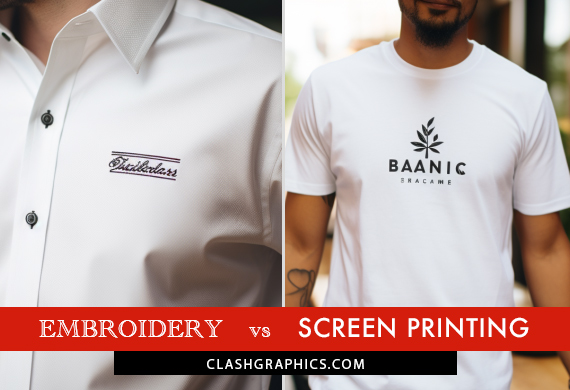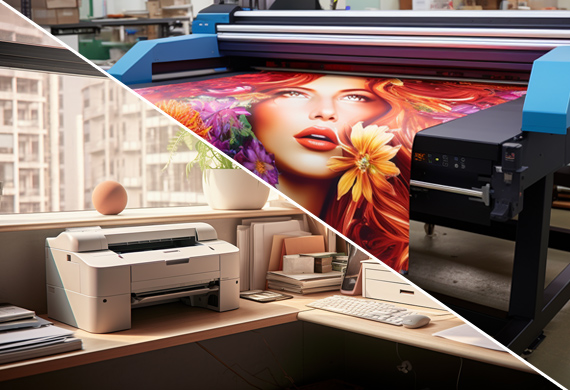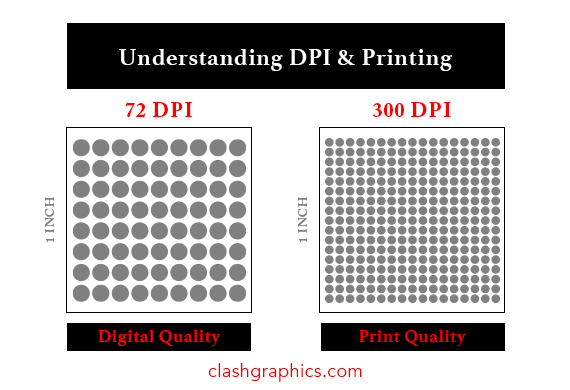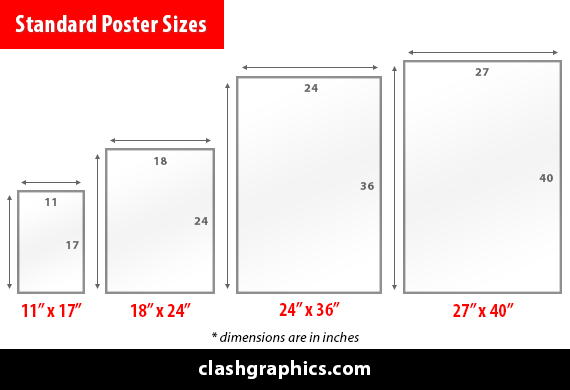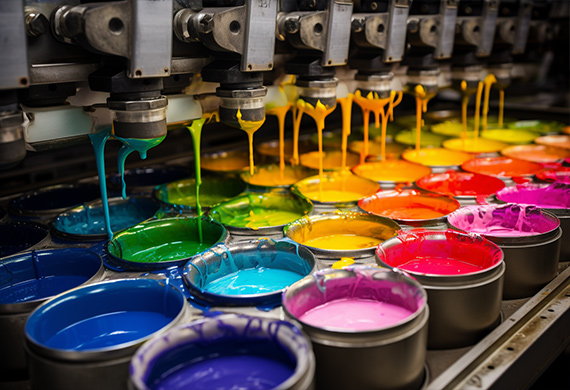Understanding DPI for Printing - How Resolution Affects Print Quality
Posted by Clash Graphics on 25th Aug 2023
Have you ever wondered why your printed images don't look as sharp as they do on your computer screen? The answer lies in understanding DPI for printing, or dots per inch, and its impact on print quality. In this article, we'll delve into the fascina…
read more
